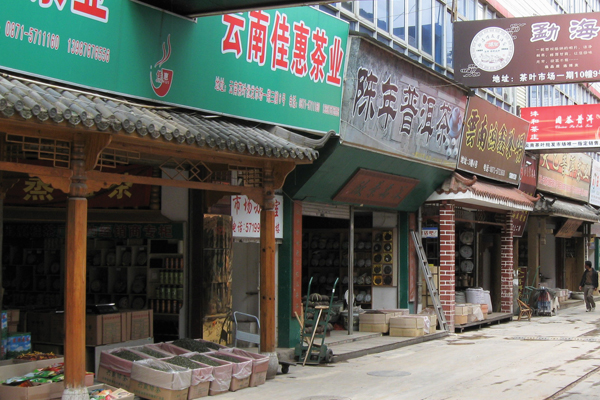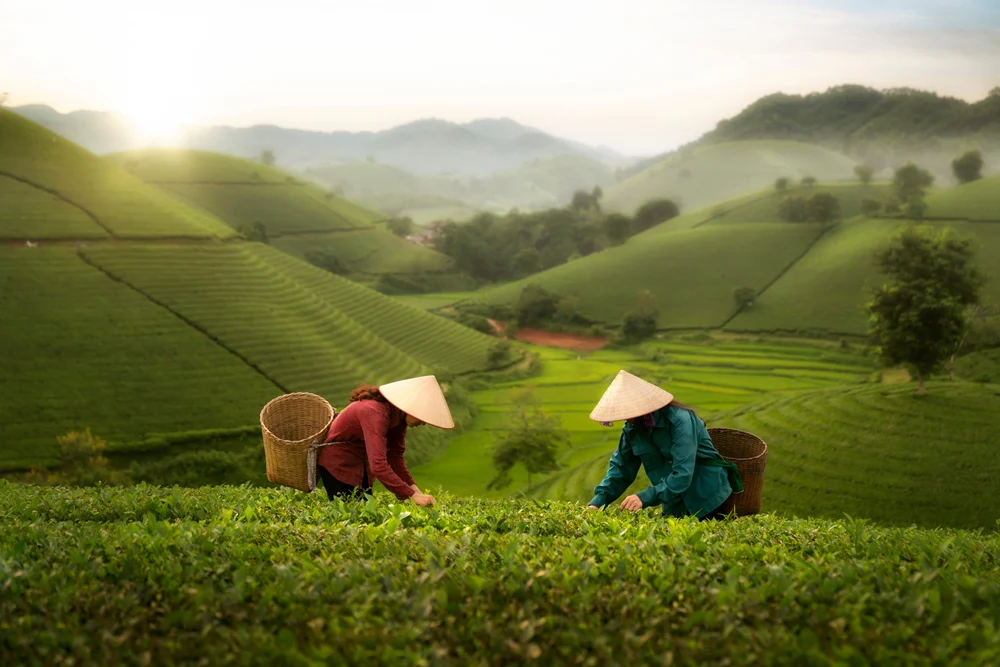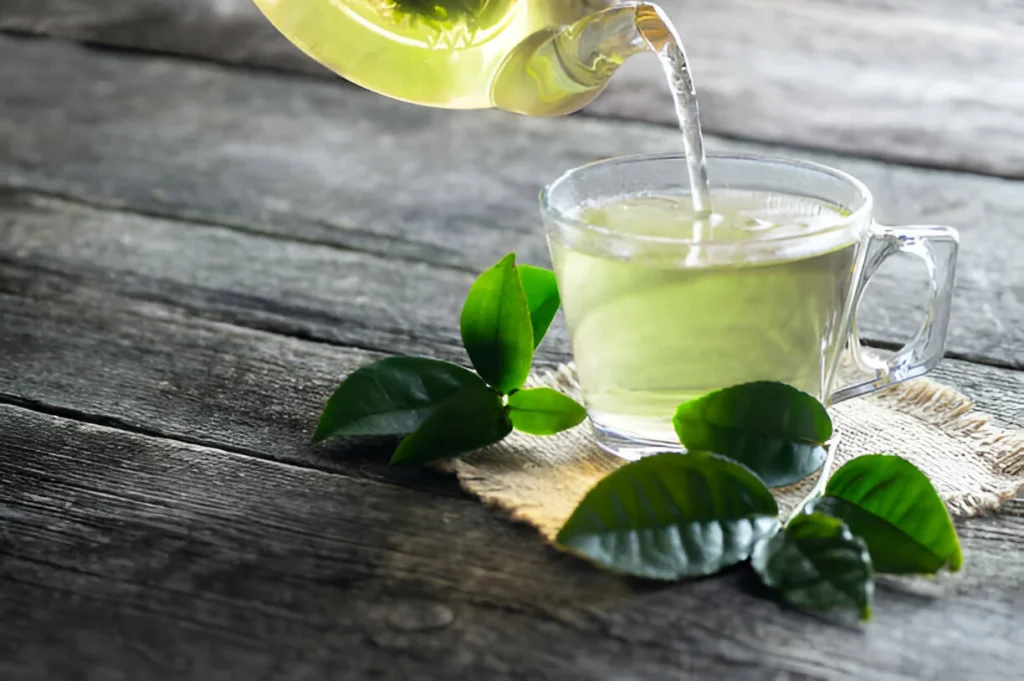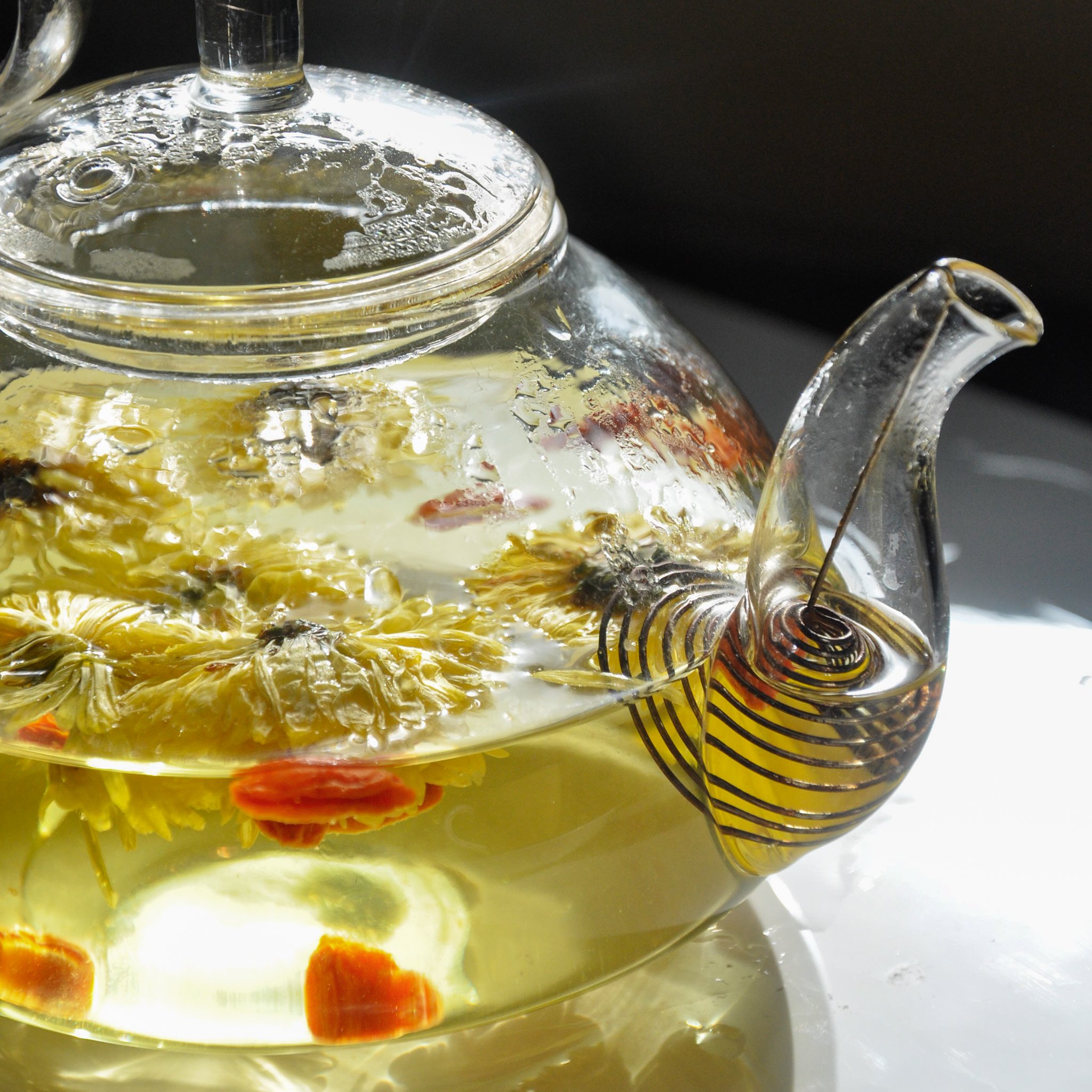As a tea lover, I’ve learned that not all teas are created equal. There’s a world of difference between the artistry of traditionally made tea and the industrial processes behind commodity tea. Knowing the story behind your tea can deepen your appreciation for every cup. Let me take you on a journey to understand these two approaches and why traditional tea stands out as a choice worth savoring.
Traditional Tea: A Labor of Love
Traditional tea is the product of history, culture, and craftsmanship. It comes from regions with deep-rooted tea-making traditions—places like China, Japan, India, Nepal, Sri Lanka, and Taiwan. Here, tea isn’t just a crop; it’s a way of life. Generations of tea farmers and artisans use time-honored techniques to craft teas that showcase the unique terroir of their land—its soil, climate, and geography.
What I love about traditional tea is its individuality. No two regions, gardens, or even batches are exactly the same, and that’s part of the magic. These teas are grown in small, often high-elevation gardens where nature plays a key role. Mature tea bushes, some decades old, thrive in healthy, nutrient-rich soil without the heavy use of pesticides or chemical fertilizers. Natural farming practices like encouraging birds to control pests or enriching the soil with organic compost ensure sustainability and preserve the integrity of the land.
The artisans behind traditional tea rely on keen senses—sight, smell, touch, and even hearing—to craft each batch. Their expertise determines the tea’s final character, from its flavor profile to its visual beauty. This dedication shines through in every cup, whether it’s the delicate sweetness of a first flush Darjeeling or the robust complexity of a high-mountain oolong.
When I sip a traditionally made tea, I feel connected to the people and places behind it. It’s more than just a beverage—it’s a story of generations working in harmony with nature.
Commodity Tea: A Different Perspective
Commodity tea, on the other hand, is tea stripped of its artistry. It’s grown for quantity, not quality, often in flat, low-lying areas with little or no history of tea cultivation. These large-scale industrial gardens are located in regions like Africa, South America, and the South Pacific, where tea is a relatively new industry.
The goal of commodity tea is efficiency. It’s grown and harvested mechanically, with high yields prioritized over flavor or uniqueness. The tea bushes are often clones or genetically identical plants, ensuring uniformity but sacrificing complexity. The land itself may lack rich, fertile soil, relying instead on heavy applications of chemical fertilizers and pesticides to sustain production. This creates a cycle that’s anything but sustainable—without these inputs, the plants would fail.
Commodity teas are often used in mass-market blends, flavored teas, and bottled beverages. While these teas may be affordable and easy to produce, they lack the depth, character, and story of traditional teas.
Why Traditional Tea Matters
For me, the choice between traditional and commodity tea is clear. Traditional tea celebrates diversity, sustainability, and craftsmanship. It’s grown with care in environments that respect nature, and it carries the knowledge of centuries-old practices. Every cup offers something special, from the cooling mist of a high-mountain garden to the nuanced flavors of a local tea cultivar.
Commodity tea, while convenient, lacks the heart and soul that make tea such a meaningful experience. It’s a product of efficiency rather than artistry, and for those of us who value the ritual and story behind our tea, it falls short.
Supporting Artisans and Their Craft
By choosing traditional tea, we support small family farms, village cooperatives, and artisan producers who dedicate their lives to crafting exceptional teas. These are the people who preserve the heritage of tea-making, ensuring its future for generations to come.
So the next time you’re selecting a tea, consider its story. Was it grown with care, shaped by nature, and crafted by skilled hands? If the answer is yes, then you’re about to enjoy a truly exceptional cup of tea—one that honours tradition and celebrates the artistry of tea.






